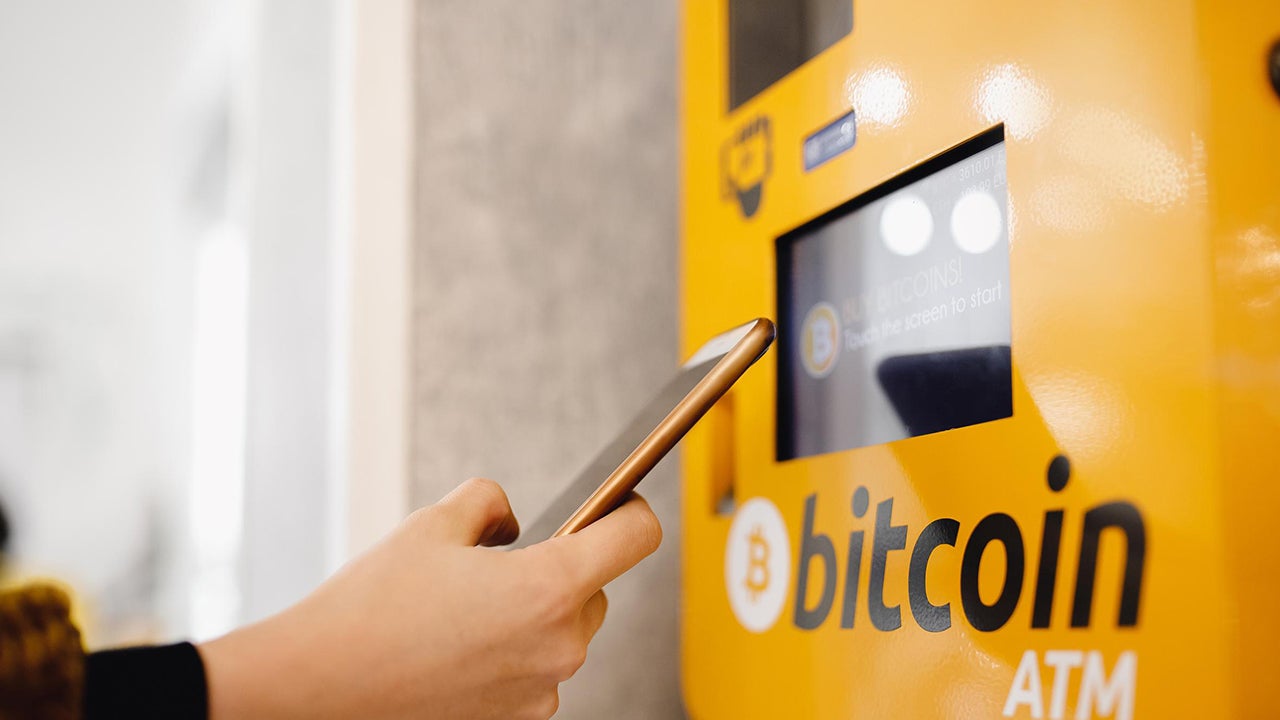Asset tokenisation: A beginner’s guide

What is asset tokenisation in simple terms?
Asset tokenisation is the process of representing physical assets or financial instruments on a blockchain or distributed ledger technology (DLT) through the use of digital tokens. This technology has the potential to transform the way we invest, trade and manage assets, creating a more efficient and transparent financial system. In this article, we explore some common questions about tokenisation and offer our views on this emerging technology.
How might tokenisation affect our financial system?
Tokenised assets, whether real or digitally native, benefit from a number of blockchain characteristics, including an immutable, transparent record of ownership which can reduce the risk of fraud. Tokenisation can also facilitate the fractionalisation of underlying assets, thereby enabling lower investment minimums and potentially democratising ownership of asset classes such as artwork, music and other intellectual property that have historically been limited to a very small part of the population. Moreover, tokens can have specific rules and characteristics, such as eligibility and transfer rights, encoded within them. These can be coupled with smart contracts (effectively computer programs native to the blockchain) to dramatically improve the efficiency of underlying administrative and operational processes. All of this, in turn, can facilitate financial inclusion by making it easier for people to participate in broader financial markets and systems and to own and trade assets that were previously difficult or impossible to access due to geographic, regulatory, or financial barriers. However, as we explore below, the road to broad-based adoption of asset tokenisation is likely to be a long one, with significant obstacles to overcome along the way.
Asset tokenisation: What are the most tangible near-to-medium term opportunities?
While the technology enabling tokenisation is still in its early stages, there is growing adoption and interest in the space. The COVID-19 pandemic acted as catalyst for interest and adoption of digital assets partly because large parts of the global population were in lockdown and had more time to research and experiment. In addition, crypto was viewed by some as a form of inflation hedge. More recently, we have seen an increasing number of tokenisation projects, among the most notable being a tokenised money market fund that has garnered close to $300M in AUM. Other examples include the tokenisation of fine art by the principality of Monaco, as well as a number of real estate and private equity examples.
Near- to medium-term opportunities for asset tokenisation will likely arise from its most immediate benefits. For example, tokenised funds offer the potential for significantly shortened settlement times, on a common platform, which reduces the risk of fraud by providing an immutable ledger of ownership and transaction history. Tokenisation can also increase liquidity by enabling fractional ownership, allowing investors to own a small percentage of a large asset (such as a building) rather than the entire thing. This potentially allows retail investors to invest in asset classes such as direct real estate that have historically been limited to large institutional investors. Tokenisation can also provide broader access to assets outside of existing market trading. Tokenised money market funds, for example, offer 24/7 access to US Treasury assets outside of the traditional markets. In the medium term, we look for progress on central bank digital currencies (CBDCs) such as digital dollars and euros, which can act as the on- and off-ramps for tokenised products.
What are some of the challenges to broader adoption of tokenisation?
A variety of challenges must be addressed before asset tokenisation enters the mainstream. Firstly, there is still a lack of regulatory clarity about the treatment of digital assets, which can make it difficult for issuers and investors to navigate the space. Secondly, there are significant technical challenges, such as scalability and interoperability across platforms and market participants, that must be addressed to ensure that tokenisation can handle large volumes of transactions across different blockchain platforms. There are also concerns about security and custody, as digital assets can be vulnerable to cyberattacks and theft.
How will tokenisation change the competitive landscape in asset management?
Tokenisation has the potential to significantly change and disrupt the competitive landscape in asset management, enabling new entrants to differentiate themselves and capture market share from established players. Tokenisation allows for the creation of new types of investment products and can increase the accessibility of traditionally less liquid asset classes such as real estate, which can attract new investors and increase competition for assets. Additionally, the increase in administrative and operational efficiency enabled by blockchain provides the ability to offer products in a fully digital distribution model at a lower overall cost with significantly shorter settlement times. If they are able to effectively navigate the evolving regulatory landscape, the providers of the component parts of this new ecosystem, be they new entrants or existing players at the forefront of development, could well steal a march on the sector as tokenisation enters the mainstream.
The future of asset tokenisation: How will the market evolve over the next five years?
The landscape of asset tokenisation is rapidly evolving, and it is difficult to predict exactly what it will look like in five years. However, there are several trends and developments that suggest where things are heading:
- Increased regulatory clarity: As the regulatory environment around digital assets continues to evolve and become clearer, more traditional financial institutions may begin to enter the space. This could accelerate adoption of tokenisation and increase institutional investment in the space.
- Increased standardisation: As the market for asset tokenisation continues to grow, there may be a greater push towards standardisation of tokenisation platforms, legal structures, and investment products. This could lead to greater transparency and ease of use for investors.
- Expansion of use cases: While the initial use cases for asset tokenisation have largely focused on real estate and private equity, there is potential for tokenisation to be applied to a wide range of assets, including art, commodities, and intellectual property. This could lead to a greater diversity of investment opportunities for investors.
- Greater adoption of blockchain technology: As the underlying technology that enables asset tokenisation, blockchain technology is likely to continue to be adopted and integrated into traditional financial systems. This could lead to greater efficiency and cost savings in financial transactions.
- Emergence of new players: As the market for asset tokenisation continues to grow, we may see the emergence of new players in the space, including specialised asset tokenisation platforms, service providers, and marketplaces.
While asset tokenisation offers the promise of compelling benefits, the current headwinds of regulatory obstacles, lack of standards and a fragmented and largely unconnected series of product offerings have resulted in relatively modest uptake by investors to date. And while there appears to be a broad consensus that tokenisation will play a crucial role in the evolution of the asset management industry, the timescale during which this will be achieved is still far from clear. Asset tokenisation’s route to wholesale adoption will be dictated to a large extent by external factors ranging from technology evolution and standards to regulation and monetary policy, as well as investor demographics and attitudes to adoption.
With contributions from Ashley Oerth


